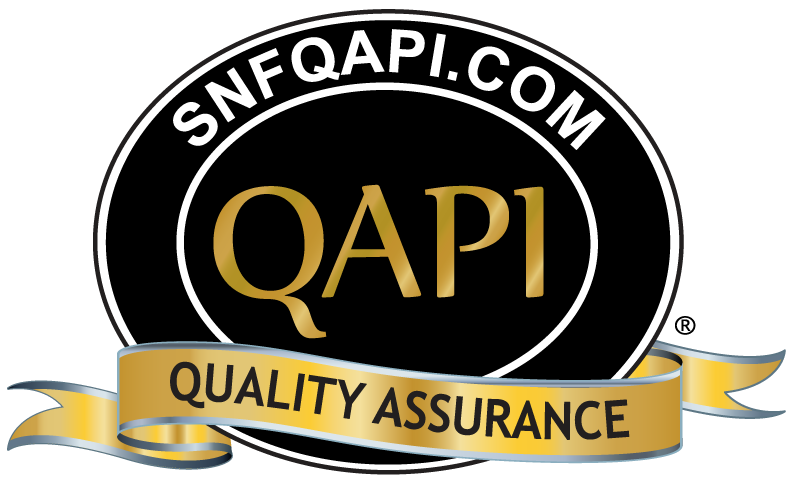STEP 12: Take Systemic Action
Identifying root causes is only the first step in improving performance. Next you will want to implement changes or corrective actions that will result in improvement or reduce the chance of the event recurring. This is often the most challenging step in the process. Common solutions such as providing more training/ education or asking clinicians to “be more careful” do not change the process or system. These proposed solutions are based on two assumptions: lack of knowledge contributed to the event, and if a person is educated or trained, the mistake won’t happen again.
Identifying root causes is only the first step in improving performance. Next you will want to implement changes or corrective actions that will result in improvement or reduce the chance of the event recurring. This is often the most challenging step in the process. Common solutions such as providing more training/ education or asking clinicians to “be more careful” do not change the process or system. These proposed solutions are based on two assumptions: lack of knowledge contributed to the event, and if a person is educated or trained, the mistake won’t happen again.
Identifying root causes is only the first step in improving performance. Next you will want to implement changes or corrective actions that will result in improvement or reduce the chance of the event recurring. This is often the most challenging step in the process. Common solutions such as providing more training/ education or asking clinicians to “be more careful” do not change the process or system. These proposed solutions are based on two assumptions: lack of knowledge contributed to the event, and if a person is educated or trained, the mistake won’t happen again.
Pilot Test: Think about testing or “piloting” changes in one area of your facility before launching throughout. Some changes have unintended consequences.
The Department of Veterans Affairs National Center for Patient Safety’s Hierarchy of Actions 2 classifies corrective actions as:
Weak: Actions that depend on staff to remember their training or what is written in the policy. Weak actions enhance or enforce existing processes.
Examples of weak actions:
- Double checks
- Warnings/labels
- New policies/procedures/memoranda
- Training/education
- Additional study
Intermediate: Actions are somewhat dependent on staff remembering to do the right thing, but they provide tools to help staff to remember or to promote clear communication. Intermediate actions modify existing processes.
Examples of intermediate actions:
- Decrease workload
- Software enhancements/modifications
- Eliminate/reduce distraction
- Checklists/cognitive aids/triggers/prompts
- Eliminate look alike and sound alike
- Read back
- Enhanced documentation/communication
- Build in redundancy
Strong: Actions that do not depend on staff to remember to do the right thing. The action may not totally eliminate the vulnerability but provides strong controls. Strong actions change or re-design the process. They help detect and warn so there is an opportunity to correct before the error reaches the patient. They may involve hard stops which won’t allow the process to continue unless something is corrected or gives the chance to intervene to prevent significant harm.
Examples of strong actions:
- Physical changes: grab bars, non slip strips on tubs/showers
- Forcing functions or constraints: design of gas lines so that only oxygen can be connected to oxygen lines; electronic medical records – cannot continue charting unless all fields are filled in
- Simplifying: unit dose
Prevent future problems by developing and testing strong actions.
https://www.cms.gov/medicare/provider-enrollment-and-certification/qapi/downloads/qapiataglance.pdf
